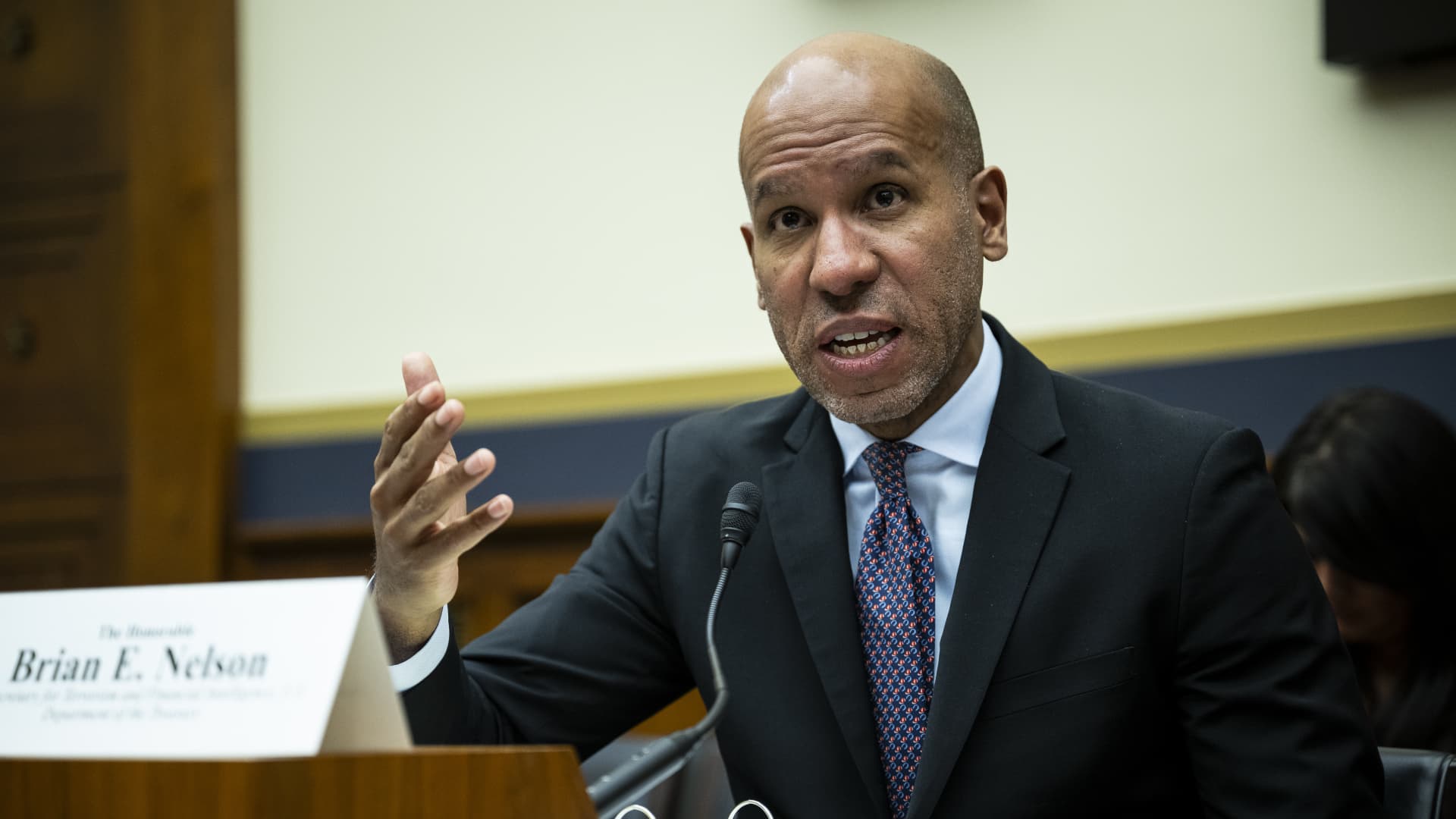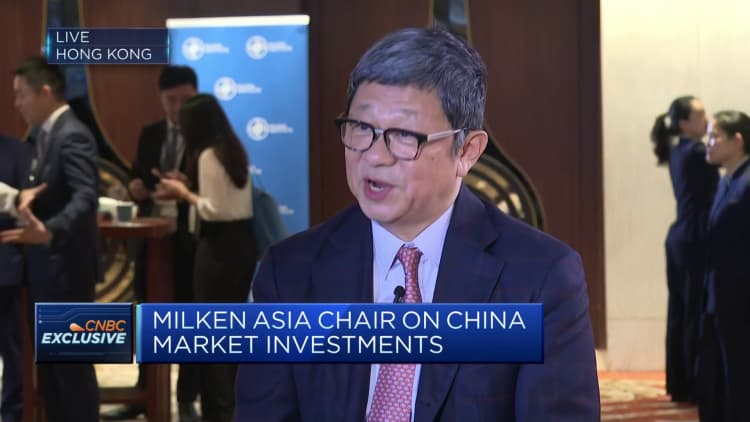Litigation funding ‘toxic soup’ gets a watering down | Insurance Business America
As TPLF deals contract, funders say insurance brokers are getting in on the action
Insurance News
By
Jen Frost
Third-party ligation funders have been partly blamed for a rise in nuclear verdicts and soaring legal costs that are driving up the price of insurance. But as questions about transparency and hedge fund and foreign influence abound, legal funders say insurance brokers and insurers are muscling in on the space.
Some insurers could even be mulling investment in what’s become known within the insurance industry as third-party litigation funding (TPLF), the director of one commercial legal finance firm claimed in an interview with IBA.
An insurance industry bugbear, legal funding internal rate of return (IRR) can be as high as 25%, as per AM Best. This has made it an attractive space for investors, from hedge funds to – lobbyists say – sovereign wealth funds and other foreign entities.
But despite meteoric growth in recent years, 2023 marked a contraction for commercial legal funding deals. Meanwhile, insurers and brokers have brought in adjacent products and started to compete if not in the space, then side-by-side.
Insurance and legal funding – a “180-degree swing”?
Bill Farrell, Longford Capital co-founder, managing director and general counsel, highlighted what he termed a “180-degree swing” over the past two years in terms of the way some insurance businesses are looking at potential wins from legal actions.
“The most reputable insurance brokers and the most reputable insurance carriers have been providing product services to litigators,” Farrell said.
Some have “even considered investment in litigation funding,” Farrell claimed, though he did not name potential investor names.
At least two well-known insurance brokers have sponsored specialist legal funding conferences. Aon, the world’s second largest insurance broker, served as the gold sponsor of litigation finance industry conference, LF Dealmakers Forum.
“Aon’s team of seasoned former litigators and investment bankers can provide single-case or portfolio-based insurance solutions that allow litigation finance firms to transfer risk, lock-in upside, lower capital costs, attract new investors, maximize capital deployment, and monetize investments,” the global broker’s sponsor bio reads.
Denver, Colorado headquartered CAC Specialty was also on board as a silver backer. CAC Specialty declined to comment when approached by IBA, while Aon did not respond to requests for comment.
Major insurers, including the likes of Chubb and Liberty Mutual, have built up portfolios in the contingent risk space, offering products like adverse judgment insurance and judgment preservation insurance. Insurers have zoned in on commercial legal actions, for example offering cover for impending or ongoing cases that could hold back a client’s corporate transaction or M&A deal. A flurry of former litigation finance staff have jumped ship to work in insurance.
Legal funding deals contract – the insurance and macro impact
Some stakeholders have predicted insurer interest may even “significantly impact” the legal funding arena. Others, like Westfleet Advisors, have disputed that insurance will change the state of play outside niche areas like appellate monetization.
In its 2023 Westfleet Insider report, which examines legal finance industry performance on an annual basis, Westfleet pointed to wider market dynamics as the likely culprit behind TPLF deal shrinkage last year. Among these, the interest rate environment has made returns in other assets more attractive. Meanwhile, private credit and private equity (PE) asset classes have faced widespread pullback amid portfolio rebalancing.
Further legal funding industry consolidation and “additional shakeout” is likely into this year, Westfleet forecast.
How big is the legal finance industry?
In recent years [the industry has grown, but last year saw an about turn]. Many legal funders began rationing their capital in 2023 as the industry’s new deal commitments contracted almost 14%, as per Westfleet Advisors. According to Westfleet Insider figures:
- There were 39 active funders in 2023 (2022: 44)
- Legal funders had $15.2 billion of assets under management (2022: $15.1 billion)
- Legal funders committed $2.7 billion to new deals (2022: $3.2 billion)
- 353 new deals were agreed (2022: 368)
- Big law accounted for an increasing slice of the pie in 2023, garnering 35% of total commitments (2022: 28%)
- Average deal size was $7.8 million (2022: $8.6 million)
Further TPLF contraction would be a plus for lobbyists
Any further legal funder dampening would be welcomed by insurance lobbyists. The American Property and Casualty Insurance Association (APCIA) has accused legal funders of driving protracted litigation to deliver maximum profits.
“This is a problem that impacts all of us,” said APCIA VP & counsel James Whittle (pictured below). “They [legal finance firms] help underwrite the continuation of [legal] matters, which results in more cost and impact for everyone. We all wind up paying more for products and services that we, as Americans, and frankly everyone around the planet, needs.”

One case cited by lobbyists as an example of legal financers dragging out legal actions centers on Burford Capital and its client food distribution giant Sysco. Sysco has reportedly alleged that Burford prevented it from accepting settlements in antitrust litigation, preferring to chase higher returns.
In the UK, hundreds of sub-postmasters wrongly fired and accused of theft and dodgy accounting following an IT issue took home just 20% of a £56.75 million settlement award from former employer the Post Office. Legal action funders reportedly banked £46 million, or 80%.
“Litigation financing is not driving the bus, litigation financing is jumping on the bus because the returns are so great,” said Joe Petrelli, president of ratings agency Demotech. “The money is following the success of the business model, and that’s an aspect of this challenge that most people are missing.”
Legal funding and foreign interference fears
The US Chamber of Commerce Institute for Legal Reform (ILR) has called for greater transparency around funding arrangements and a ban on foreign investment in the courts through entities like sovereign wealth funds. Some state courts have moved to require transparency around legal funders’ role in a case. Indiana and West Virginia are two recent movers.
Matt Webb, ILR senior VP of legal reform policy, pointed to a “toxic soup” of “opaque and secretive” funding arrangements. In many states, legal funders’ involvement in cases does not have to be disclosed. The ILR has labeled legal funding a national security risk, and Webb cautioned that an undercurrent of foreign influence could be creeping in to profit from litigation or “control” it for reasons unrelated to an underlying case.
A recent report exposing an investment firm tied to sanctioned Russian billionaires secretly pouring money into U.S. courts is shining a much-needed spotlight on the third party litigation funding (TPLF) industry.https://t.co/rLW1mHqimH
— U.S. Chamber Institute for Legal Reform (@LegalReform) April 3, 2024
“It can have very real national security and economic security challenges for the entities that are being subjected to the litigation funded by those by those funders,” Webb said of foreign TPLF influence.
American companies’ intellectual property (IP) could even be at risk, Webb warned. It’s a challenge that the ILR believes requires both a state and federal – be that from Congress, the Department of Justice (DOJ) or the Department of Homeland Security (DHS) – response.
Legal funders hit back
With litigation financers facing lobbyist calls and scrutiny, IBA reached out to six of the best known and biggest commercial legal funders. Two, including Longford’s Farrell, agreed to an interview. Directors at one firm responded with detailed emailed responses.
A common consensus was drawn between them: Concerns around foreign influence and transparency are an overblown “red herring”, orchestrated by lobbyists to drag the young industry into deeper regulation and show it in a bad light. Even the ‘third-party litigation’ moniker has been introduced to make litigation finance “scarier sounding”, Burford Capital managing director Andrew Cohen (pictured below) countered.
The directors argued that legal funders are playing a positive role in helping businesses take on companies that they otherwise might not be able to afford to, while big corporate and national law firms are now also seeing the value of legal funding.
It would be commercial suicide for legal funders to take on baseless cases, they said.
“Backing non-meritorious litigation would be fatal to the litigation finance industry, which is why, on average, litigation funders reject over 95% of the potential investments presented to them,” Omni Bridgeway US co-chief investor for the US, Matt Harrison, and Omni senior investment manager Fiona Chaney, said in emailed comments.
Given insurance carriers may be called upon to defend “heavily vetted cases” it is unsurprising that the industry has voiced concerns, they said.
“Of course, insurance carriers’ baseline interest is to avoid paying out on large indemnity policies when litigation adversaries are successful on the merits or a large settlement is necessary and prudent,” the Omni directors added. “This interest will always run directly counter to litigants that are attempting to enforce meritorious claims against an insured adversary.”
Burford’s Cohen labeled foreign interference and protracted legal action allegations as “nonsensical”. Fortune 500 companies have a myriad of foreign investors, he noted. He also disputed that litigation finance might be dragging out cases and getting in the way of equitable settlements.

“For our clients, legal finance is finding solutions to a financial need,” Cohen said. As per the Burford MD, that could mean cutting down on the need to pay legal fees that they cannot afford to spend their own capital on, or freeing them up to spend it on infrastructure, development or elsewhere.
Who are some of the best known and biggest litigation finance firms?
Burford Capital (BUR):
- One of the largest and most well-known litigation funding firms, Burford Capital has been a key player in the industry for several years, providing financing across a wide range of litigation and arbitration matters.
- Burford has reviewed more than 12,000 matters, committed more than $6 billion to the legal market, and predicted with 96% accuracy the returns on existing portfolio.
Omni Bridgeway:
- Known for its extensive global presence, Omni Bridgeway offers funding for litigation and enforcement proceedings, with a strong focus on complex, high-value disputes.
- The company anticipates further closings over the next 12 months to build up to the capped size of US$1 billion across both funds and Omni Bridgeway will continue to be a 20% co-investor.; Omni Bridgeway announces US$485 million first close of Funds 4 and 5 Series II capital raising
Fortress Investment Group, LLC:
- While it operates across various investment strategies, Fortress has a dedicated litigation finance division that invests in legal claims.
- Currently manages $46 billion of assets on behalf of more than 1,900 institutional investors and private clients
Parabellum Capital:
- A prominent name in the litigation finance industry, Parabellum Capital focuses on providing capital for a broad spectrum of litigation matters.
- Has closed on a $754 million fund that is among the largest private pools raised for litigation finance; Parabellum has grown to $1.45 billion in assets under management
Longford Capital Management:
- Specializes in providing investment capital to businesses and universities involved in complex commercial litigation and arbitration.
- Longford was one of the first litigation funds in the United States and is among the world’s largest litigation finance companies with more than $1.2 billion in assets under management
Validity Finance, LLC:
- Offers litigation finance solutions to plaintiffs and law firms engaged in significant legal disputes.
- With decades of combined experience in funding, the Validity team of trial-tested attorneys has invested more than $400 million since 2018 across more than 70 matters
Legal finance – “unfettered evil” or dawning reality for the insurance industry?
“There’s room for insurers to see the legal finance market not as an unfettered evil, but just another market where investment of different kinds of products can be beneficial, and legal finance can twist with… insurance products,” Cohen said.
The insurance industry may have no choice but to get used to it. Longford’s Farrell said he hoped litigation funders could take a “10, 15 or 20%” slice of the $372 billion legal industry pie. Currently, he noted, it holds a less than 1% market penetration.
However, it may take some persuasion to convince some insurer advocates and legal lobbyists that investor-backed litigation financing is, if not a friend, a valid market participant rather than foe. Even as some insurers and brokers look to wield their influence in adjacent spaces and work with legal funders.
“Their first instinct is to always deny that there is a problem and then to do everything they possibly can to remain behind the curtain,” said the ILR’s Webb.
Got a view on TPLF, or litigation funding, and its future impact on insurers and insurance brokers? Leave a comment below.
Related Stories
Keep up with the latest news and events
Join our mailing list, it’s free!

Source link
2024-04-15 15:15:40
www.insurancebusinessmag.com













